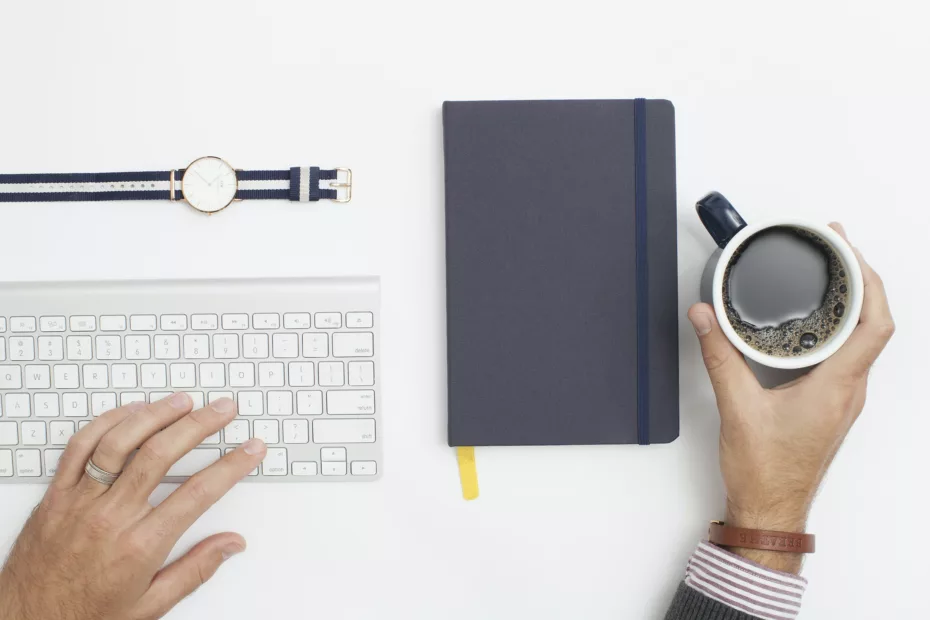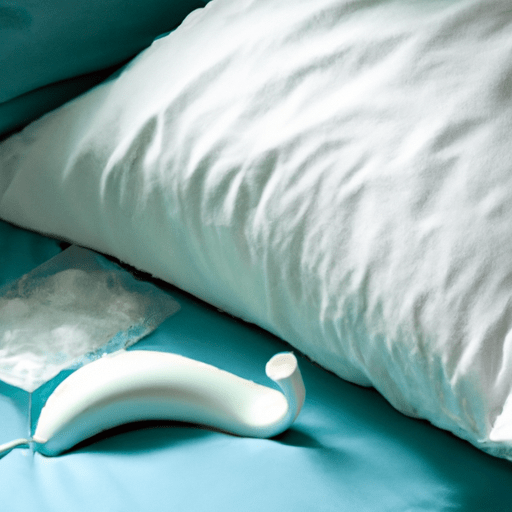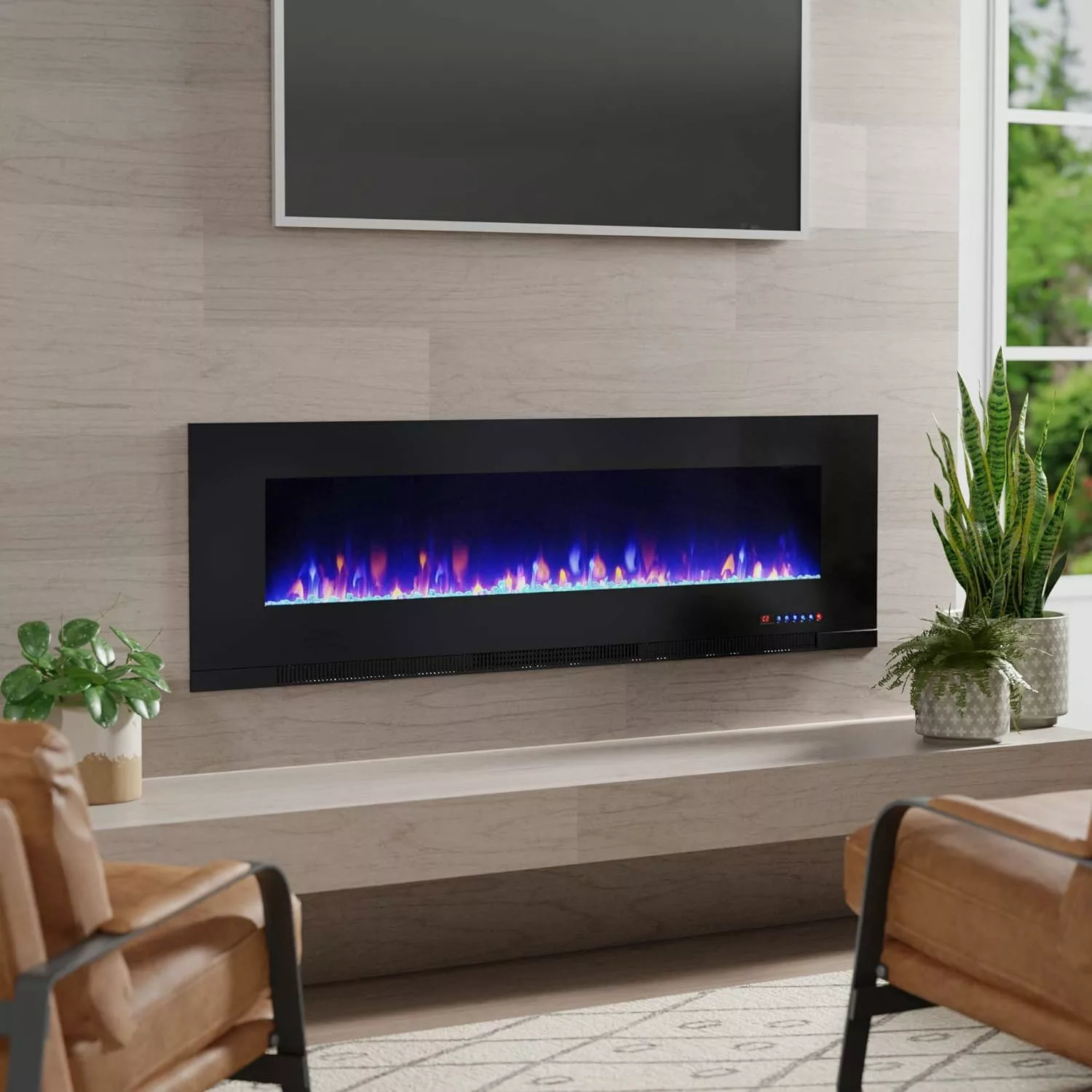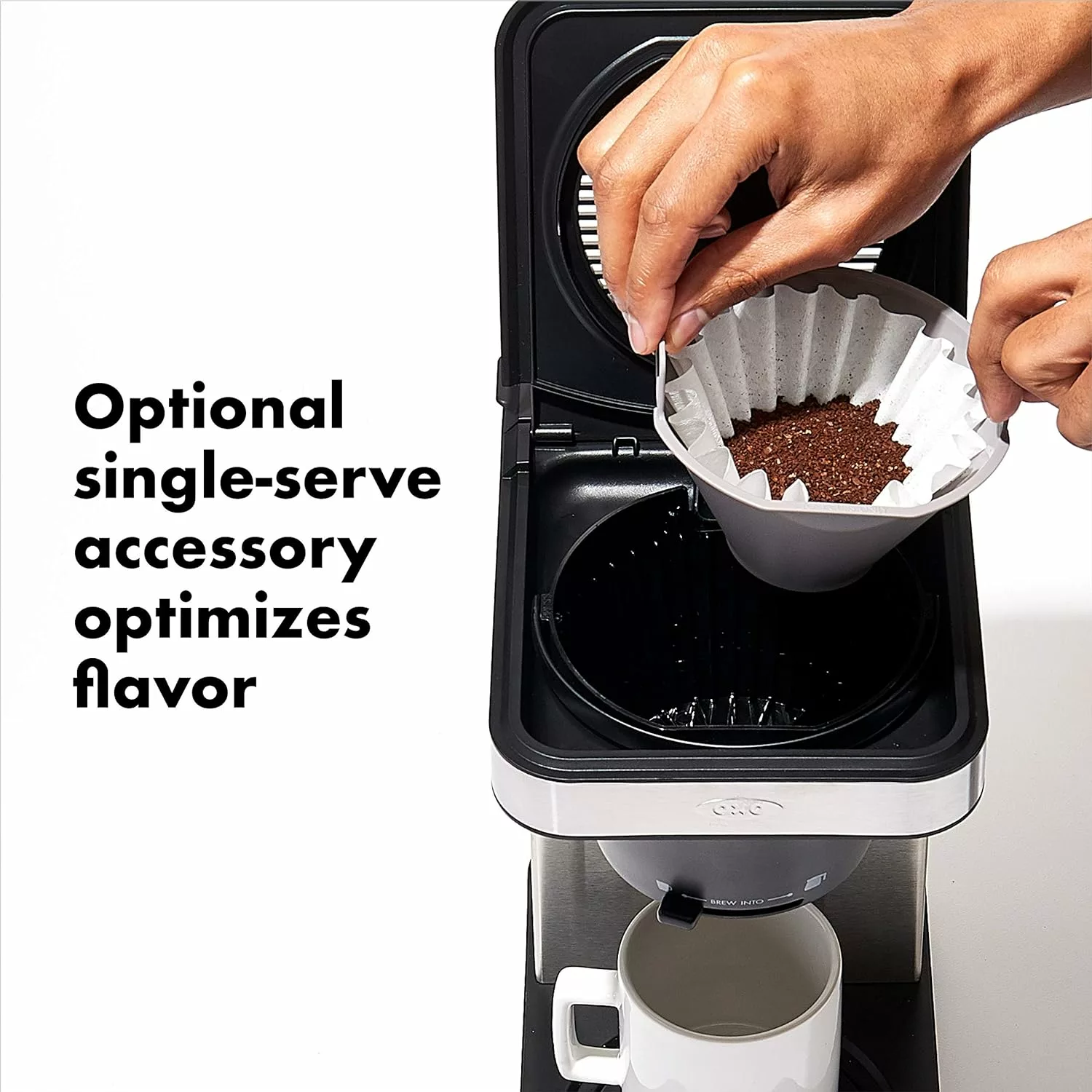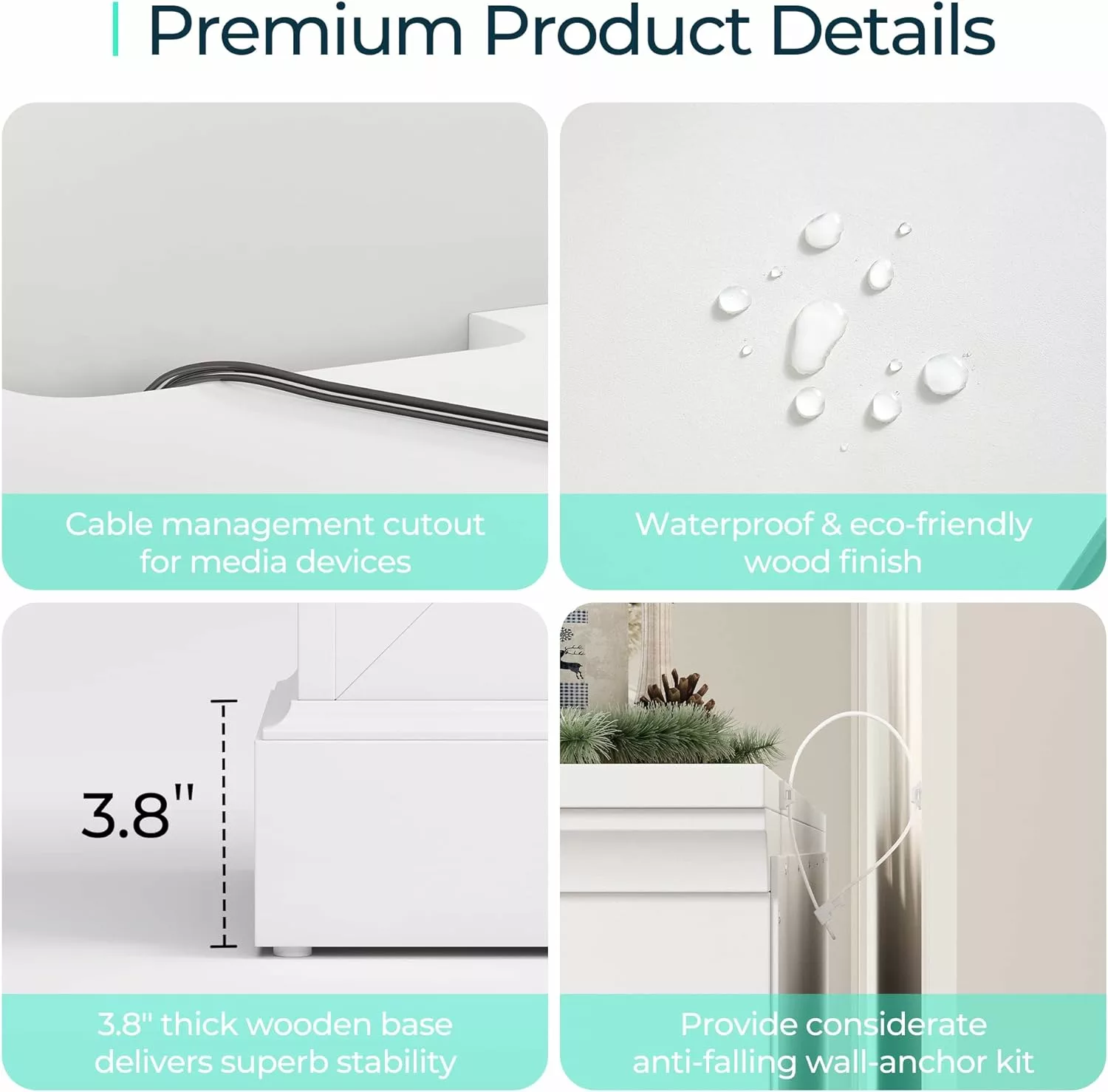Coffee lovers rejoice! If you’ve ever found yourself wondering how to get the perfect amount of Black Rifle Coffee in each cup, then look no further. In this informative article, we’ll uncover the secret to measuring the ideal amount of this rich and bold coffee blend for a truly satisfying brew. Whether you prefer a strong and robust cup or a milder and smoother one, you’ll learn the precise measurements needed to ensure a perfect cup of Black Rifle Coffee every time. So grab your favorite mug and get ready to elevate your coffee game to new heights!

1. Understanding the Importance of Measuring Coffee
1.1 Why accurate coffee measurement is crucial
When it comes to making a great cup of coffee, accurate measurement is key. Measuring your coffee ensures consistency in flavor and strength, allows you to avoid wastage, and allows you to establish a personal preference for your brew. By measuring your coffee precisely, you can achieve the perfect balance and extraction, resulting in a consistently delicious cup of coffee every time.
1.2 Ensuring consistent flavor and strength
Accurate coffee measurement is essential in ensuring consistent flavor and strength in your brew. Whether you prefer a bold and robust cup or a lighter and more delicate one, measuring your coffee accurately allows you to achieve the desired taste profile consistently. When you don’t measure your coffee, it’s easy to end up with a cup that is either too weak or too strong, leading to an inconsistent coffee experience.
1.3 Avoiding wastage
Measuring your coffee also helps you avoid wastage. By knowing exactly how much coffee you need for each cup, you can avoid using more than necessary and wasting precious coffee beans. Wastage not only affects your budget but also contributes to environmental impact. With careful measurement, you can make the most out of your coffee beans and enjoy every last drop of your favorite cup.
1.4 Establishing personal preference
Measuring your coffee allows you to establish your personal preference for the perfect cup of joe. It gives you the opportunity to fine-tune your brewing process and adjust the coffee-to-water ratio to precisely match your taste. Whether you prefer a stronger or milder brew, accurate measurement helps you experiment and find the ideal balance that suits your unique preferences.
2. Selecting the Right Coffee Beans
2.1 Opting for freshly roasted beans
Choosing the right coffee beans is essential for a flavorful cup of coffee. Opt for freshly roasted beans as they retain more aromatic compounds, resulting in a more vibrant and aromatic brew. Freshly roasted coffee beans also have a higher oil content, which contributes to the overall richness of the coffee. Check the roast date on the packaging and aim for beans that are no more than a few weeks old for optimal freshness.
2.2 Assessing the coffee origin and roast level
When selecting coffee beans, consider the origin and roast level. Different coffee origins have distinct flavor profiles, influenced by factors such as soil composition, climate, and altitude. Experiment with beans from various regions to discover the flavors that resonate with you. Additionally, roast level plays a significant role in determining the flavor profile. Lighter roasts tend to have brighter and more acidic flavors, while darker roasts result in bolder and more caramelized flavors.
2.3 Determining the coffee bean’s quality
Assessing the quality of coffee beans is crucial for a satisfying cup of coffee. Look for specialty grade beans, as they undergo rigorous quality control measures and are known for their superior flavor profiles. Specialty grade beans are typically hand-picked, ensuring that only the ripest and highest-quality beans make it into your cup. Avoid beans that appear dull, damaged, or have an unpleasant aroma, as they may indicate poor quality.
3. Understanding Coffee-to-Water Ratio
3.1 Importance of maintaining the correct ratio
Maintaining the correct coffee-to-water ratio is essential for brewing a well-balanced cup. The ratio determines the strength of your coffee and affects its overall flavor profile. Whether you prefer a stronger or milder brew, adhering to the correct ratio ensures consistency and allows you to control the taste of your coffee. Deviating from the recommended ratio can result in an under-extracted or over-extracted cup, leading to a subpar coffee experience.
3.2 Recommended coffee-to-water ratios
The recommended coffee-to-water ratio typically falls within the range of 1:15 to 1:18, meaning for every gram of coffee, you would use 15 to 18 grams of water. This ratio provides a good starting point, but keep in mind that personal preferences may vary. If you prefer a stronger brew, opt for a higher ratio within the range, while a milder cup can be achieved with a lower ratio. It’s all about finding the balance that suits your taste.
3.3 Factors influencing ratio adjustments
Several factors can influence the adjustment of the coffee-to-water ratio. The grind size, coffee freshness, brewing method, and personal taste preferences all play a role in determining the ideal ratio. Finer grind sizes typically require a higher ratio, as they offer a larger surface area for extraction. Likewise, fresher coffee beans may require a slightly lower ratio due to their increased flavor intensity. Experimentation and adjustments based on these factors will allow you to fine-tune your brew to perfection.
4. Using a Digital Scale for Precision
4.1 Benefits of using a digital scale
Investing in a digital scale for coffee measurement offers several benefits. Unlike measuring by volume, a digital scale provides precise and consistent measurements, ensuring accuracy in your brew. This level of precision helps you achieve optimal flavor extraction and removes guesswork from the brewing process. Additionally, digital scales often feature tare functions, allowing you to reset the scale to zero after placing your brewing vessel, enabling seamless and effortless measurement.
4.2 Choosing the appropriate scale
When selecting a digital scale for coffee measurement, consider its accuracy, capacity, and additional features. Look for a scale with a resolution of at least 0.1 grams to accurately measure small quantities of coffee. Ensure the scale has a sufficient capacity to accommodate your brewing needs and is capable of switching between different units of measurements. Additional features such as a timer and auto-off function can also enhance your brewing experience.
4.3 Weighing coffee for optimal results
Using a digital scale, weigh your coffee to ensure optimal results. Place your brewing vessel on the scale and tare it to zero. Add the desired amount of coffee, following the recommended coffee-to-water ratio. Once the coffee is added, you can tare the scale again to zero so that you can measure the water accurately. Weighing the coffee allows you to maintain consistency in each cup and ensures that your brew is perfectly balanced.

5. The Role of Grind Size in Coffee Measurement
5.1 Understanding the impact of grind size
Grind size plays a crucial role in the coffee brewing process and affects the extraction rate and flavor profile. Finer grind sizes increase the extraction surface area, resulting in more flavor extraction and a stronger cup of coffee. Conversely, coarser grind sizes reduce the extraction surface area, producing a weaker and less intense brew. It’s important to match the grind size to your chosen brewing method to achieve the desired flavor extraction and strength.
5.2 Matching grind size to brewing method
Different brewing methods require different grind sizes to optimize flavor extraction. For example, espresso machines typically require a fine grind to achieve the quick extraction and concentrated flavors associated with espresso shots. On the other hand, pour-over methods like the V60 or Chemex benefit from a medium-coarse grind to control the extraction and produce a clean and balanced cup. Experiment with different grind sizes to find the perfect match for your preferred brewing method.
5.3 Adjusting measurements based on grind size
When adjusting your coffee measurements, consider the impact of grind size on the brewing process. Finer grind sizes may require a slightly lower coffee-to-water ratio to prevent over-extraction, as the increased surface area allows for a more efficient extraction. Conversely, coarser grind sizes may benefit from a slightly higher ratio to ensure an adequately extracted cup. Paying attention to the interplay between grind size and measurement helps you achieve the desired strength and flavor in your brew.
6. Step-by-Step Guide to Measuring Black Rifle Coffee
6.1 Gathering the necessary tools
Before you embark on measuring Black Rifle Coffee, gather the necessary tools for a precise and enjoyable brewing experience. You will need freshly roasted Black Rifle Coffee beans, a digital scale, a grinder (if using whole beans), a measuring spoon, filtered water, and your preferred brewing equipment, such as a French press, pour-over setup, or espresso machine. Having these tools at hand will ensure a smooth brewing process.
6.2 Determining the desired strength
Before starting your brew, determine the desired strength of your Black Rifle Coffee. Consider your personal preferences and adjust the coffee-to-water ratio accordingly. If you prefer a stronger cup, opt for a higher coffee-to-water ratio, while a milder cup may require a lower ratio. The beauty of making coffee at home is that you have the freedom to tailor the strength to your liking.
6.3 Calculating the coffee-to-water ratio
Using your digital scale and measuring spoon, calculate the coffee-to-water ratio for your desired strength. Remember the recommended ratio falls within the range of 1:15 to 1:18, but feel free to experiment and adjust based on your taste preferences. For example, if you are aiming for a 1:16 ratio and want to brew a 12-ounce cup, you would need 24 grams of coffee.
6.4 Weighing the coffee
With your weighed coffee-to-water ratio in mind, place your brewing vessel on the digital scale and tare it to zero. Add the appropriate amount of Black Rifle Coffee beans according to your desired ratio. Once the coffee is added, tare the scale to zero again if you require an additional measurement, such as weighing the water. This precise measurement ensures consistency and helps you achieve the perfect cup of Black Rifle Coffee.
6.5 Brewing the perfect cup
With the coffee carefully measured, you are now ready to commence brewing your perfect cup of Black Rifle Coffee. Follow the instructions specific to your chosen brewing method, ensuring proper water temperature, brew time, and technique. With the combination of accurate measurement and the right brewing process, you can savor the exceptional flavors that Black Rifle Coffee has to offer.

7. Factors Affecting Coffee Measurement
7.1 Roast profile and intensity
The roast profile and intensity of coffee beans have a significant impact on the coffee’s flavor and, consequently, the way it is measured. Lighter roasts generally require a finer grind size and a higher coffee-to-water ratio to bring out the delicate flavors. Conversely, darker roasts tend to benefit from a coarser grind size and a slightly lower coffee-to-water ratio to prevent over-extraction and bitterness. Experiment with different measurements to find the perfect balance for each roast profile and intensity.
7.2 Coffee freshness
The freshness of coffee beans affects their measurement and flavor. Freshly roasted beans contain higher levels of oils and gases that contribute to the coffee’s flavor. For fresher beans, a slightly lower coffee-to-water ratio might be required to account for their increased flavor intensity. As coffee ages, the flavors may become less pronounced, so adjusting the measurement may be necessary to extract the desired flavors. Always aim to use the freshest beans possible for the best results.
7.3 Water quality
Water quality is often overlooked but plays a vital role in coffee measurement and taste. Water with high mineral content, such as hard water, can impact the extraction process and result in a less balanced cup. Conversely, water that is too soft may not extract enough flavor from the coffee. Opt for filtered water or use a water filtration system to achieve consistent and optimal coffee flavor. Experimenting with different water sources can also help you find the perfect match for your coffee.
7.4 Altitude and brewing temperature
Altitude and brewing temperature can affect the way coffee is measured and the resulting flavor in the cup. At higher altitudes, water boils at a lower temperature, impacting the extraction process. Adjusting the brewing temperature can help compensate for the altitude and achieve desirable flavor extraction. Consult brewing guides and resources specific to your brewing method and use them as a starting point when factoring in altitude and brewing temperature in your coffee measurement.
8. Adjusting Coffee Measurement Techniques
8.1 Experimenting with different ratios
Coffee measurement is not set in stone, and adjusting ratios can lead to exciting flavor discoveries. If you’re looking for a bolder cup, try increasing the coffee-to-water ratio slightly. Likewise, if you prefer a milder cup, experiment with a lower ratio. Keep track of the adjustments you make and the resulting flavors to find your perfect coffee measurement. The beauty of home brewing is the ability to adapt and fine-tune your coffee to suit your unique taste preferences.
8.2 Adapting to personal taste preferences
Everyone has different taste preferences when it comes to coffee, and it’s important to embrace and explore these preferences. Take note of the adjustments you make to your coffee measurements and how they impact the flavor. Experiment with different ratios, grind sizes, and brewing methods to find what suits your palate best. By adapting your coffee measurement techniques to your personal taste preferences, you can enjoy a truly exceptional cup of coffee every day.
8.3 Fine-tuning for coffee blends or single origins
Coffee blends and single origins can have distinct flavor profiles that require slight adjustments in coffee measurement. Blends often incorporate beans with complementary flavors, whereas single origins offer unique and specific flavor characteristics. Take note of the recommended measurements provided by the roaster, and adjust them slightly to suit your taste. Experimentation will help you determine the best coffee measurement techniques for each blend or single origin, maximizing their potential flavors.
9. Frequently Asked Questions
9.1 What if I don’t have a digital scale?
While using a digital scale is recommended for precise measurement, you can still make good coffee without one. Instead, you can use a measuring spoon for consistency. A tablespoon generally holds around 5 grams of coffee, so you can measure your desired amount using this approximation. Keep in mind that this method may not provide the same level of accuracy as a digital scale, but it can still yield satisfying results.
9.2 How can I measure without a measuring spoon?
If you don’t have a measuring spoon, you can use household items as alternatives. For example, a teaspoon typically holds about 2 grams of coffee, so you can use this as a reference point. Another option is using a standard kitchen scale and measuring your desired coffee quantity in grams. While these alternatives may not be as precise as dedicated coffee measuring tools, they can still help you achieve a decently measured cup of coffee.
9.3 Can I use pre-ground coffee?
Pre-ground coffee can be used when measuring your coffee, but it’s worth noting that freshly ground coffee provides the best flavor. Pre-ground coffee has a larger surface area, which can lead to quicker flavor degradation compared to whole beans. If using pre-ground coffee, try to use it as soon as possible after opening the package to preserve its freshness. Experiment with slightly different measurements to account for potential variations in flavor extraction due to the grind size and freshness.
10. Conclusion
10.1 Importance of measuring the perfect amount
Measuring the perfect amount of coffee is crucial for achieving a consistently delicious cup. Accurate coffee measurement ensures consistent flavor and strength, avoids wastage, and allows you to establish your personal preference. By understanding the importance of measuring coffee and mastering the techniques, you can elevate your coffee brewing experience to new heights.
10.2 Enjoying an exceptional cup of Black Rifle Coffee
With the knowledge and techniques gained from this comprehensive article, you are now equipped to make an exceptional cup of Black Rifle Coffee. Remember to select the right coffee beans, understand the coffee-to-water ratio, use a digital scale for precision, consider the grind size, and adjust your measurements based on personal taste preferences. By following these steps and experimenting, you can create a consistently outstanding coffee experience with Black Rifle Coffee. Cheers!
